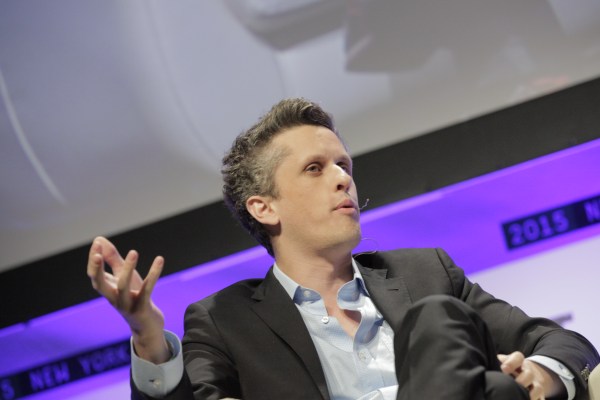Cloud content management company Box posted fourth-quarter earnings after the bell on Wednesday with shares quickly plummeting in initial after-hours trading. They mostly recovered, trading down just 1 percent by late afternoon.
Box beat investor expectations with an adjusted loss of 10 cents per share versus the negative 14 cents forecast. Revenue for the quarter was also a beat at $109.9 million, versus the $108.9 million predicted, and a 29 percent increase from the same period last year.
The company celebrated its first quarter as a free cash flow (FCF) positive business, with CEO Aaron Levie characterizing this as an “inflection point” in a call with TechCrunch. FCF was $10.2 million for the quarter, which they say is a $30 million gain year-over-year.
But Wall Street was disappointed that Box cautioned its first-quarter earnings would likely lose 14 to 15 cents per share, worse than the negative 12 cents investors are watching for.
DFJ investor Josh Stein, a longtime investor in Box, took to Twitter to defend the company’s growth, while also taking a shot at competitor Dropbox.
On the call with TechCrunch, Levie didn’t criticize the competition, but was happy to point to Box’s favorable performance in the stock market in the past year. Shares are up more than 50 percent from the same time in 2016.
Commenting on today’s after-hours stock movements, Levie said it’s “hard to look into the daily trading and read too much into it.”
The company is going to be focused on international growth in 2017, with Levie referencing Australia, Canada, Japan and Europe. Box’s enterprise customer base already includes 71,000 clients.
An all new Box Notes, a note-taking and productivity platform, was unveiled in the quarter. They also announced new integrations with Microsoft Office. They’ve been partnering with major telecommunications providers like AT&T, and will be adding more partnerships in that category, said Levie.
Security and compliance remain key focus areas for the company, as well as artificial intelligence and machine learning.
